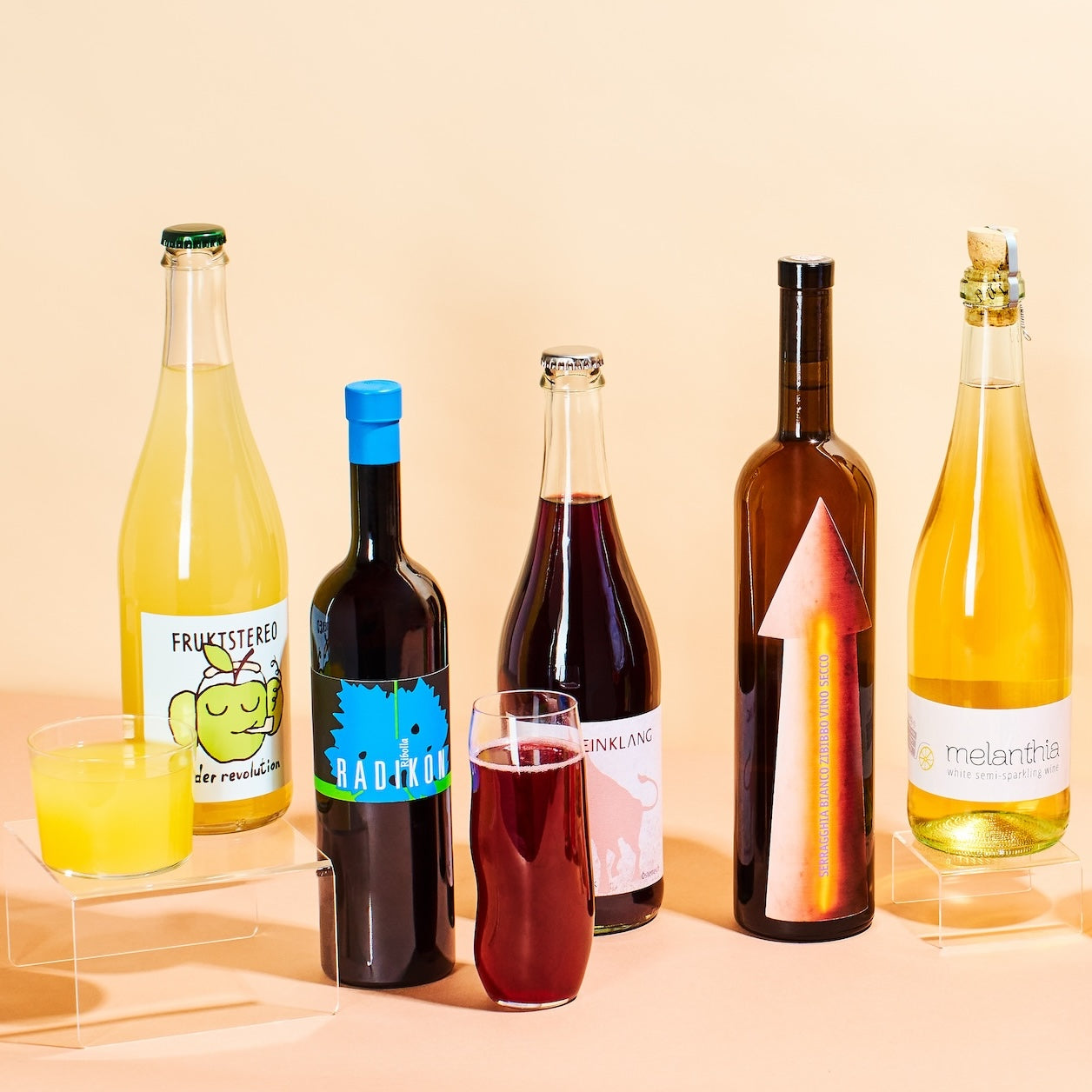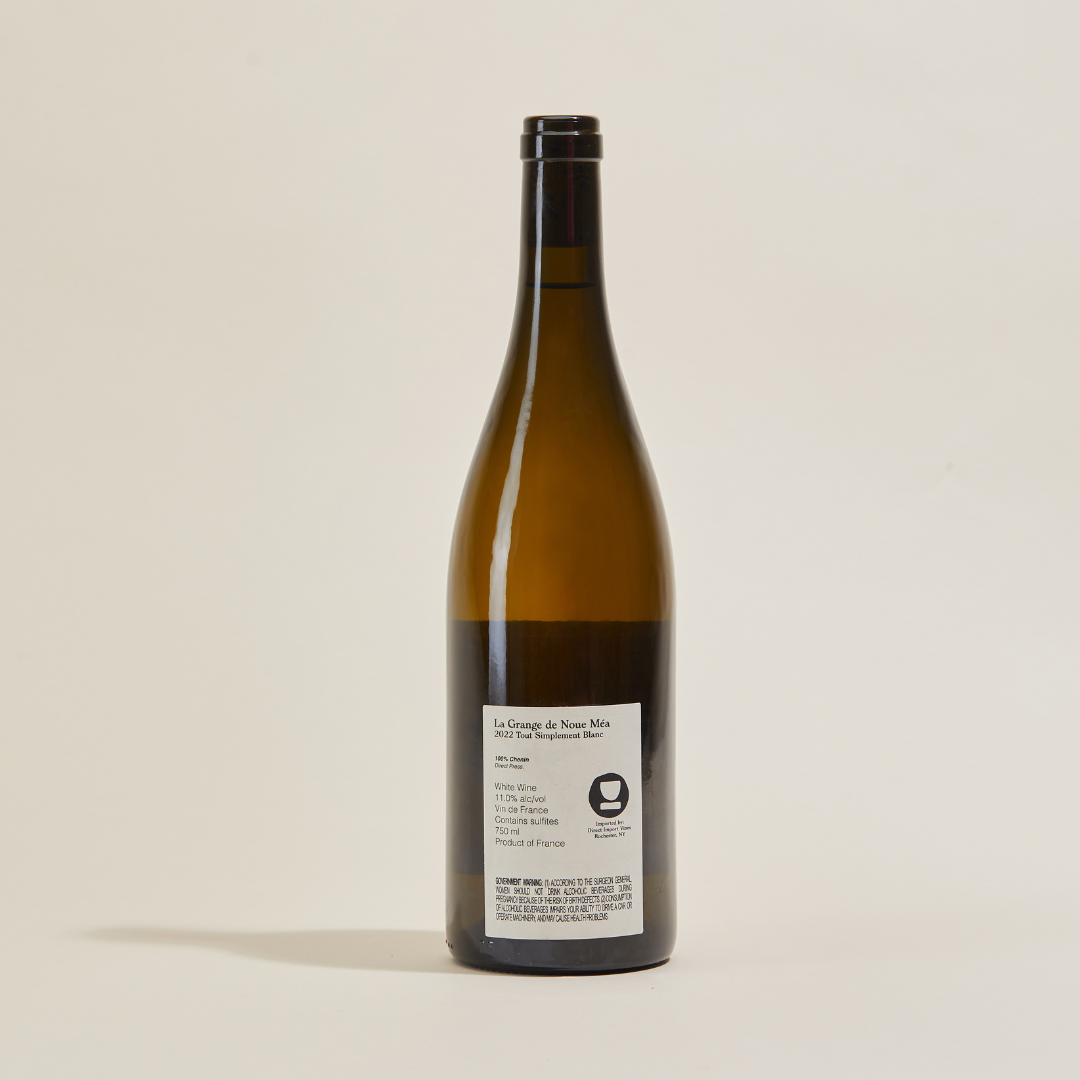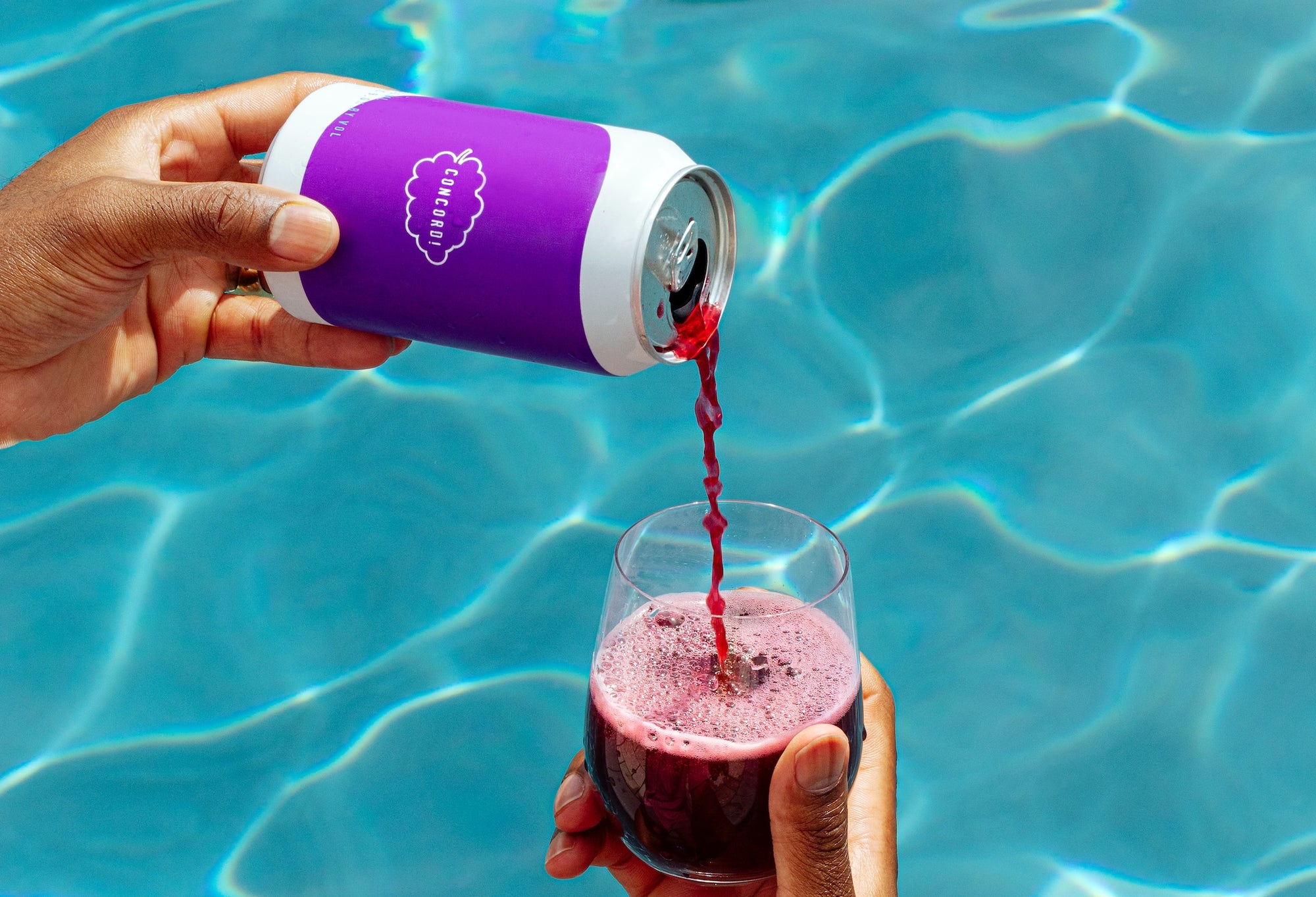Natural Wine Importer Guide
Has anyone told you the key to knowing if a wine is natural is to turn it over?

The Key to Unlocking Natural Wine
The Importer
The key to identifying a natural wine often lies in flipping the bottle over and checking the back label for the importer’s name. Many importers are dedicated to natural winemaking and adhere to strict standards for producers they work with, ensuring the wines reflect minimal intervention, organic practices, and authentic expressions of terroir. Knowing who brings in the wine helps you confirm its quality and philosophy. At MYSA Natural Wine, we highlight these trusted importers, making it easier for you to discover wines that align with your values and tastes.
Importer Profiles
The Key to it ALL
The Back Label
Navigating a wine back label can unlock a wealth of information about what’s inside the bottle. Key details often include the region, grape variety, alcohol percentage, and tasting notes, but the importer’s information is a crucial detail to look for when seeking natural wines. Typically found at the bottom of the label, the importer’s name and location indicate who brought the wine into the country. Importers play a significant role in curating wines, and those specializing in natural wine often adhere to strict standards, working with producers who prioritize minimal intervention and organic practices. By identifying a trusted importer, you gain insight into the wine’s philosophy and can feel confident in your selection.

Importer Profiles

Born in the USA
What about domestic wines?
In the U.S., navigating whether a wine is natural can be trickier since domestic wines don’t have an importer listed on the back label. Instead, you’ll need to dig deeper to understand the producer’s practices. Researching the producer’s winemaking philosophy—such as whether they prioritize organic farming, minimal intervention, and avoiding additives—becomes essential. A good starting point is their website or winemaker notes, but resources like MYSA Natural Wine, RAW Wine, or even a quick Google search can help confirm their alignment with natural wine standards. If the wine frequently appears in natural wine shops or clubs, that’s often a sign it’s made with low-intervention practices. While it requires a bit more effort, these steps ensure you’re supporting producers who share your values.
Importer Profiles
The Yardstick
What are natural wine standards?
Typical natural wine standards focus on minimal intervention both in the vineyard and the cellar. In the vineyard, this means farming organically or biodynamically, avoiding synthetic chemicals, and promoting biodiversity. Harvesting is done by hand to ensure quality. In the cellar, natural winemakers avoid additives like sugar, enzymes, or commercial yeasts, relying only on native fermentation. They minimize sulfites, often adding none or only small amounts for stability, and avoid techniques like heavy filtration or concentration. These practices aim to create wines that authentically express their terroir, with no manipulation masking the wine’s natural character. While there’s no official certification, these principles guide most natural wine producers and the importers who bring them in.










